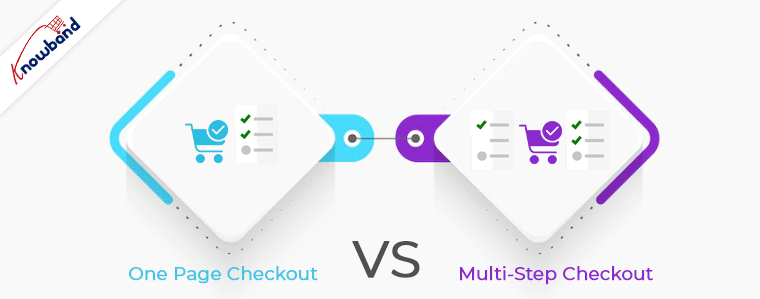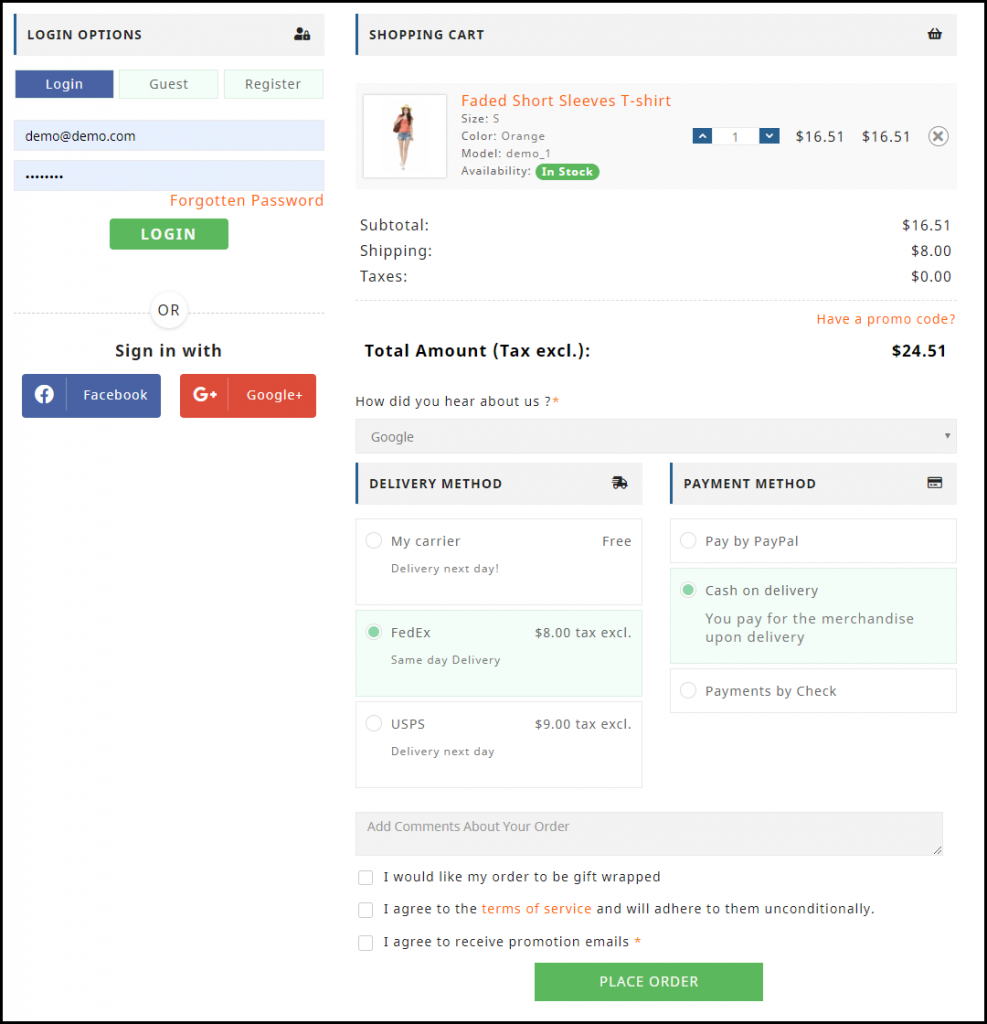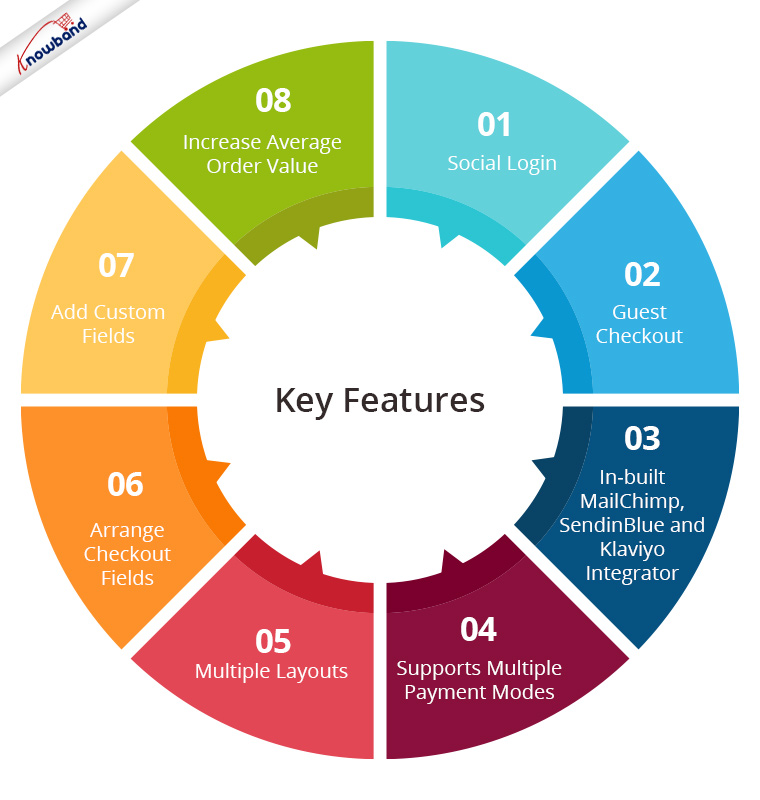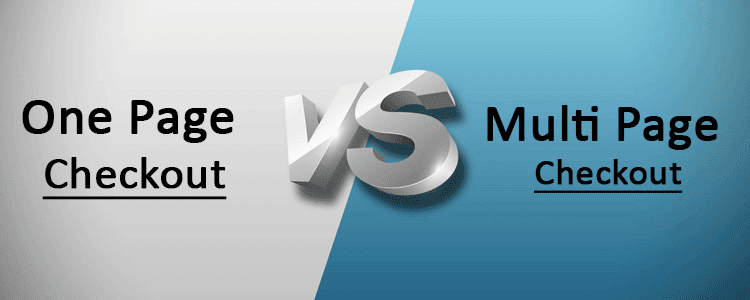Any e-commerce store’s success can be gauged by the quantity of conversions it generates. Additionally, the checkout experience directly correlates with the conversion rate.
You can anticipate more conversions the simpler the checkout process is. Everyone dislikes dealing with complicated, illogical things, after all.
Single-page versus multi-page checkout has long been a topic of discussion. Both strategies have advantages and disadvantages.
Clients yearn for simplicity.
Consumers are becoming more and more dependent on convenience as online shopping shifts rapidly to mobile. If your online checkout procedure is too complicated, you may lose sales and turn away customers. Ecommerce experts have argued over whether a one-page or multi-step checkout is the best choice for an online store for years.

The pros and cons of having two different checkout procedures—one-page, and multi-step checkouts—as well as their differences, are discussed in this article.
One Page Checkout

The contents of the basket, the billing and shipping addresses, the shipping choices, and the payment information are all displayed on one page during a one-page checkout. One-page checkouts were initially implemented in an effort to streamline the purchasing process with fewer clicks and pages.
Advantages of One-Page Checkouts
Fewer clicks:
Customers checking out on ecommerce stores with a one-page checkout must make fewer clicks than those doing so on stores with a multi-page checkout.
It seems to be simpler:
One-page checkouts may initially seem simpler to complete because they involve fewer steps, which may appeal to customers who are short on time.
Drawbacks of One-Page Checkouts
It’s frightening.
Some retailers might think that putting all the checkout information on one page will make it easier for customers to check out. Customers may become intimidated by lengthy form pages and remove their entire shopping cart as a result. Not to mention that endless scrolling can lead to customers becoming lost or confused during the checkout process.
Sluggish site speed
Your website’s load time may go up if you make a lot of content fit on one page. Always keep in mind that consumers prefer to shop online because it is typically quicker and more convenient than doing so in-person. That being said, a slow checkout can be enough to make a potential customer look for the same products elsewhere.
Multi-Step Checkouts

The steps of a checkout are dispersed over several pages in multi-step checkouts.
Customers are typically required to manually enter their preferred shipping method, shipping and billing addresses, and payment information when using this type of checkout.
Although it requires more time from the customer, multi-click checkouts are actually preferred by some online shoppers because they give the customer an additional chance to verify that all of the order details are accurate before submitting the order.
Advantages of Multiple-Step Checkouts
Email gathering.
By breaking up the checkout procedure into multiple pages and steps, retailers can gather crucial customer information. Even if a customer chooses to leave their shopping cart empty without making a purchase, merchants can still collect their email address at the beginning of the checkout process.
Layout.
You can neatly display form fields and shipping options when the checkout process spans multiple pages. Given that it appears less intimidating and is simpler to fill out, some might argue that having several short pages of customer forms is preferable to having one long page.
Analytics.
When you have a multi-step checkout, you can use Google Analytics to determine where customers leave your checkout process.
Con of Multi-Step Checkouts
Time
Customers who prefer a one-page checkout and think your checkout process takes too much time may give up on the transaction entirely.
Length.
A checkout should only have three to four steps as a best practise. Customers will abandon their carts at checkouts with too many steps, costing your business a sale. Make sure to show customers how many steps are left in the checkout process so they can finish their purchases.
Conclusion
Despite all the benefits and drawbacks, some of the most well-known brands in the world employ single-page and multi-page checkouts.
It can be tiresome to pick one. Before introducing one in your shop, you must carefully weigh your options.
If you’re not 100% sure about which one is better, I recommend choosing the One Page supercheckout. Because store owners are more concerned with giving customers a way to complete their transactions in one sitting than with requiring them to follow multiple steps, single-page checkout is now edging out multi-page checkout.
Think about this: You visit a physical store. You proceed to one of the payment counters after choosing your purchase to make the payment. Which counter are you looking for? The one that takes less time to pay and check out from the store because the counter is less busy. Online stores operate similarly. Shoppers want to leave as soon as they can.
Knowband One Page Checkout

Our one-page checkout offers a number of useful features that improve and expedite the purchasing process in your store. PrestaShop, OpenCart, Magento, and Magento 2 all support the module.
Know more:


